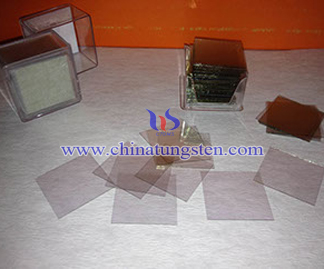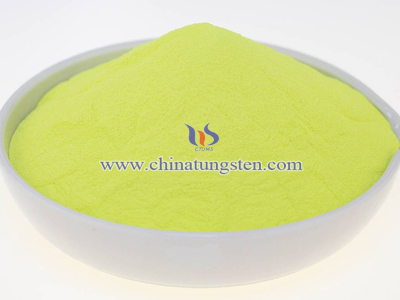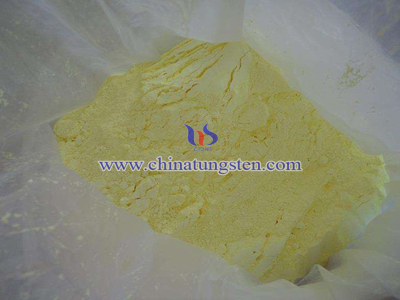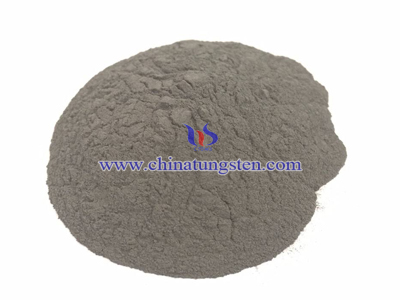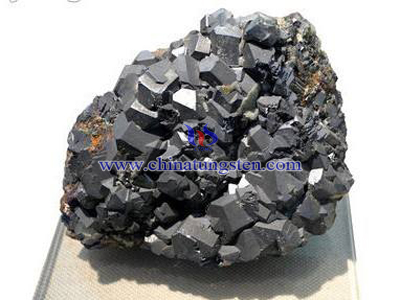Tungsten Oxide Thin Film Modified Method
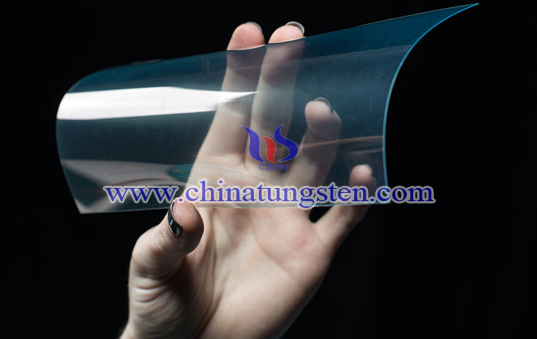
Substrate heating
Temperature of substrate is the key point for absorbed ions on the surface of substrate to activate, migrate and nuclear, it also decides the phase of thin film. Thin film deposited under room temperature can not stick tightly into substrate. If the deposition temperature is too high, the crystalline of thin film would grow too large and lower reaction time and recovery time. The poor porosity holes of WO3 thin film and non-crystallizing is good for electrochromism and photochromism. At present, in order to obtain an amorphous thin film, reduce the sputtering power, deposition rate, and increase the pressure and reduce the sputtering target and other means to try to lower the heat warming effect of substrate, so as to obtain an amorphous or nano-film structure microcrystalline state. At low temperature, high pressure conditions, the energy of the incident particle is low, the atom surface diffusion ability is limited, the structure of formed thin film is loose.
Doped tungsten oxide thin film
By doping different element, it can improve the sensitivity and selectivity for gas of thin film, thus improve its discoloration capacity. The way tungsten oxide thin film doped is doping certain ion into tungsten oxide solution, using tungsten oxide thin film as substrate to sputter rare earth metal. Moderate doping reaction provides more electrons or holes, to improve the electrical conductivity, has great impact on various properties of the tungsten oxide thin film.
Annealing treatment
Annealing temperature and atmosphere during annealing significantly affect the properties of tungsten oxide film. When the annealing temperature and annealing time reach a certain level, the amorphous tungsten oxide thin film may be converted to a crystalline state. Annealing in an oxygen atmosphere can reduce oxygen vacancy in crystalline thin film. Research on doping WO3 gas sensitivity material is first carried out by Shaver, it uses vacuum evaporation method to obtain a tungsten film, then heated under 600~700℃ to obtain WO3 thin film, sputtered with little Pt to enhance sensitivity of WO3 to H2,NH3 and H2S. K.Galatsis used W(OC2H5)6 and Mo(OC3H7)5 as precursors, SiO2 as substrate, producing WO3-MoO3 by sol-gel method, and studied its gas sensor for O2.

